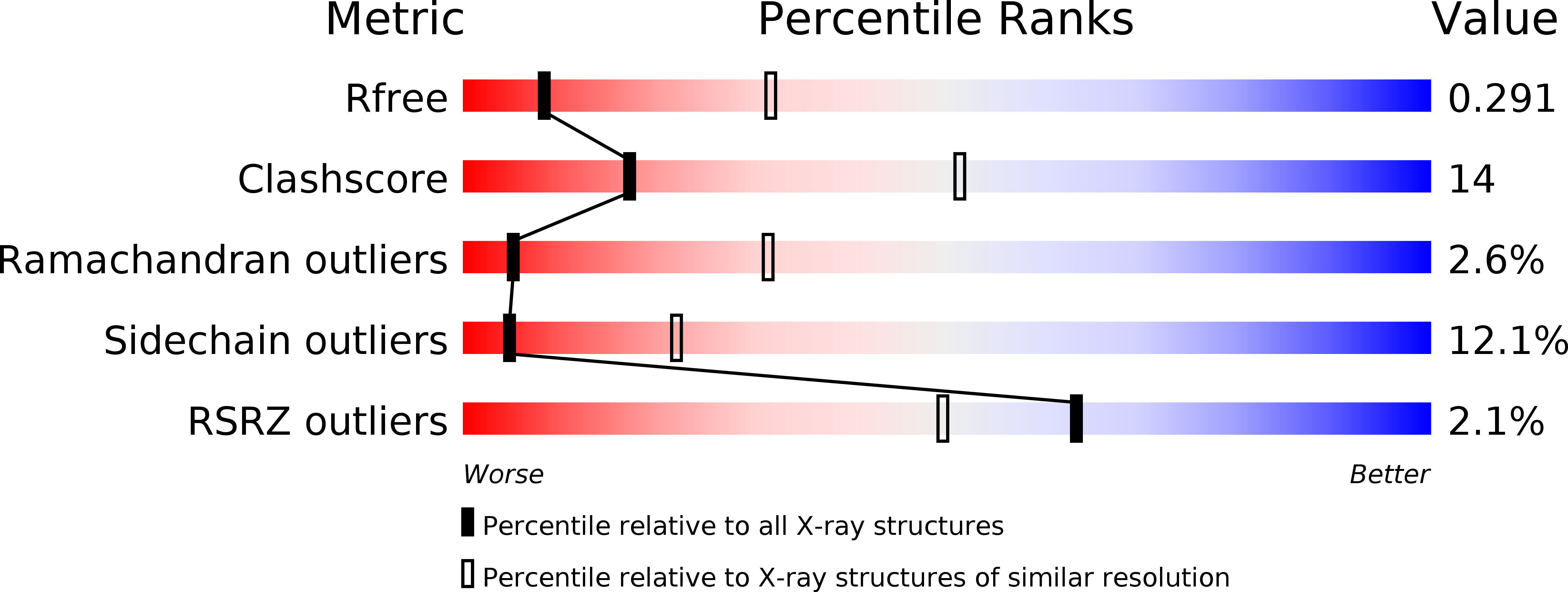
Deposition Date
2009-06-24
Release Date
2009-09-01
Last Version Date
2024-11-06
Entry Detail
PDB ID:
3I08
Keywords:
Title:
Crystal structure of the S1-cleaved Notch1 Negative Regulatory Region (NRR)
Biological Source:
Source Organism:
Homo sapiens (Taxon ID: 9606)
Host Organism:
Method Details:
Experimental Method:
Resolution:
3.20 Å
R-Value Free:
0.28
R-Value Work:
0.22
R-Value Observed:
0.23
Space Group:
P 43 21 2


